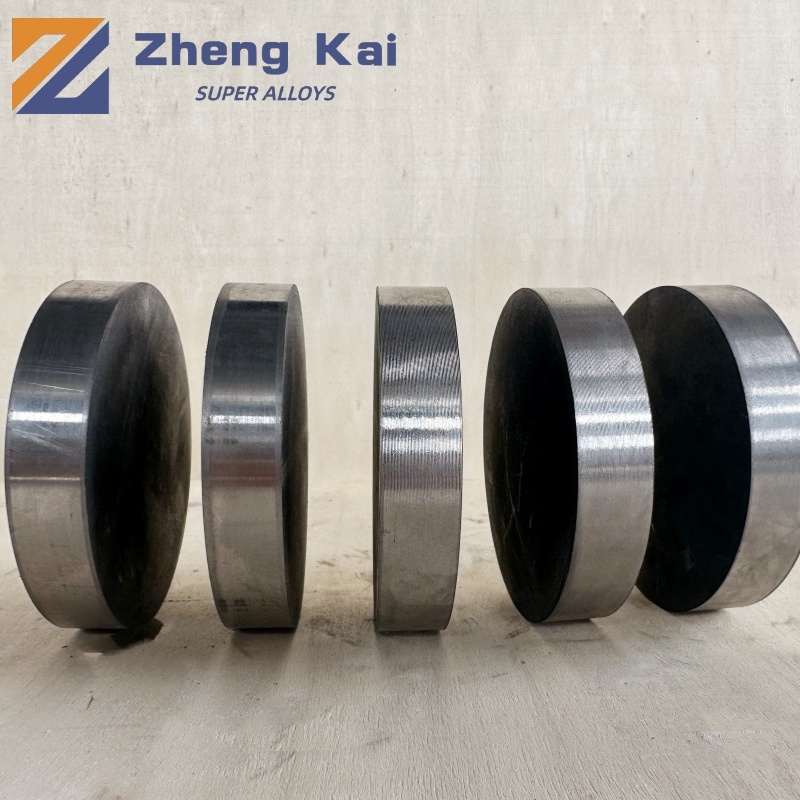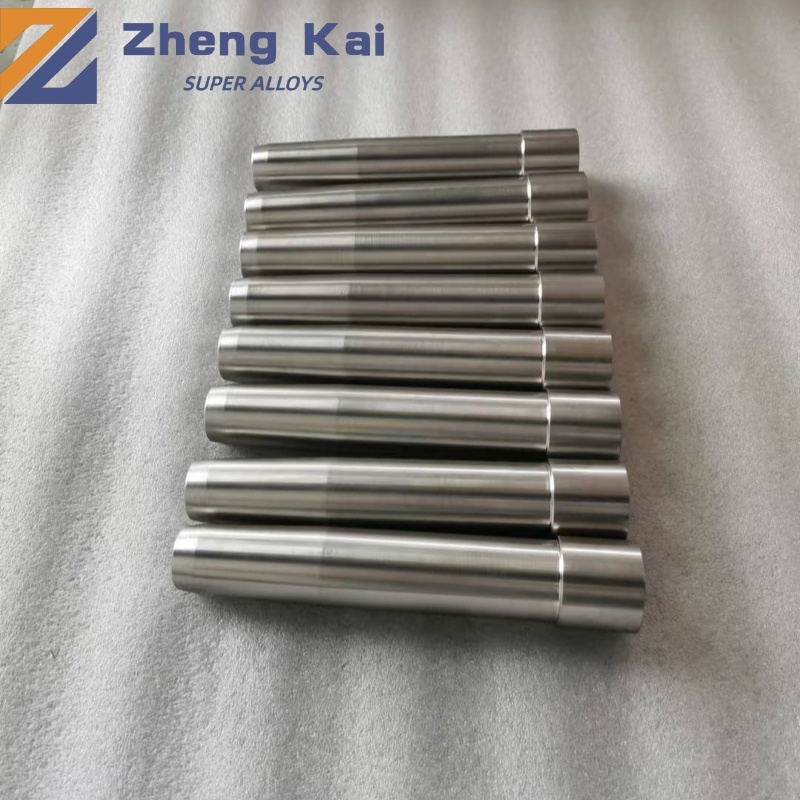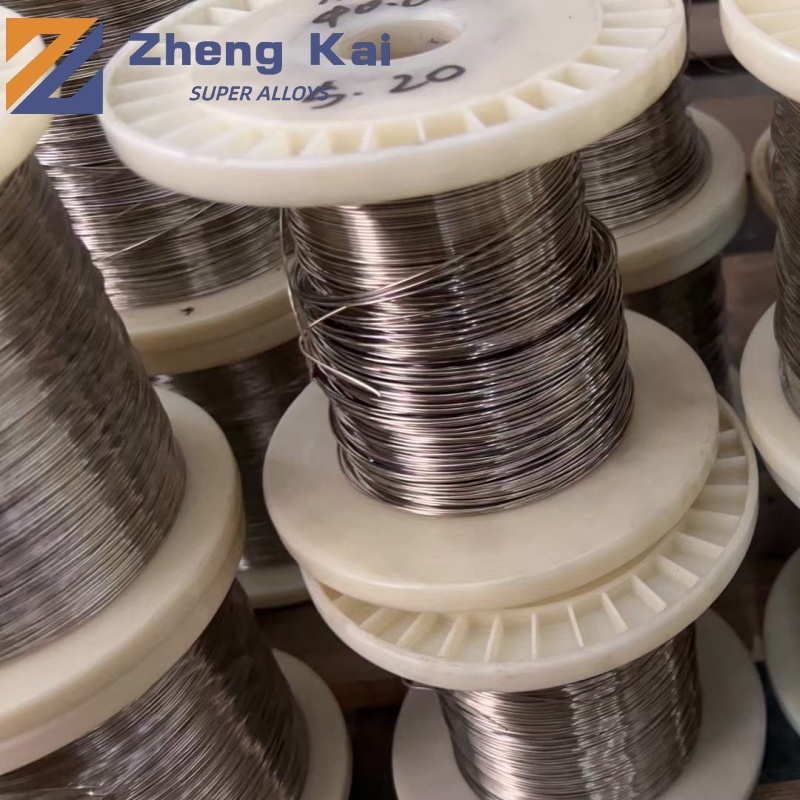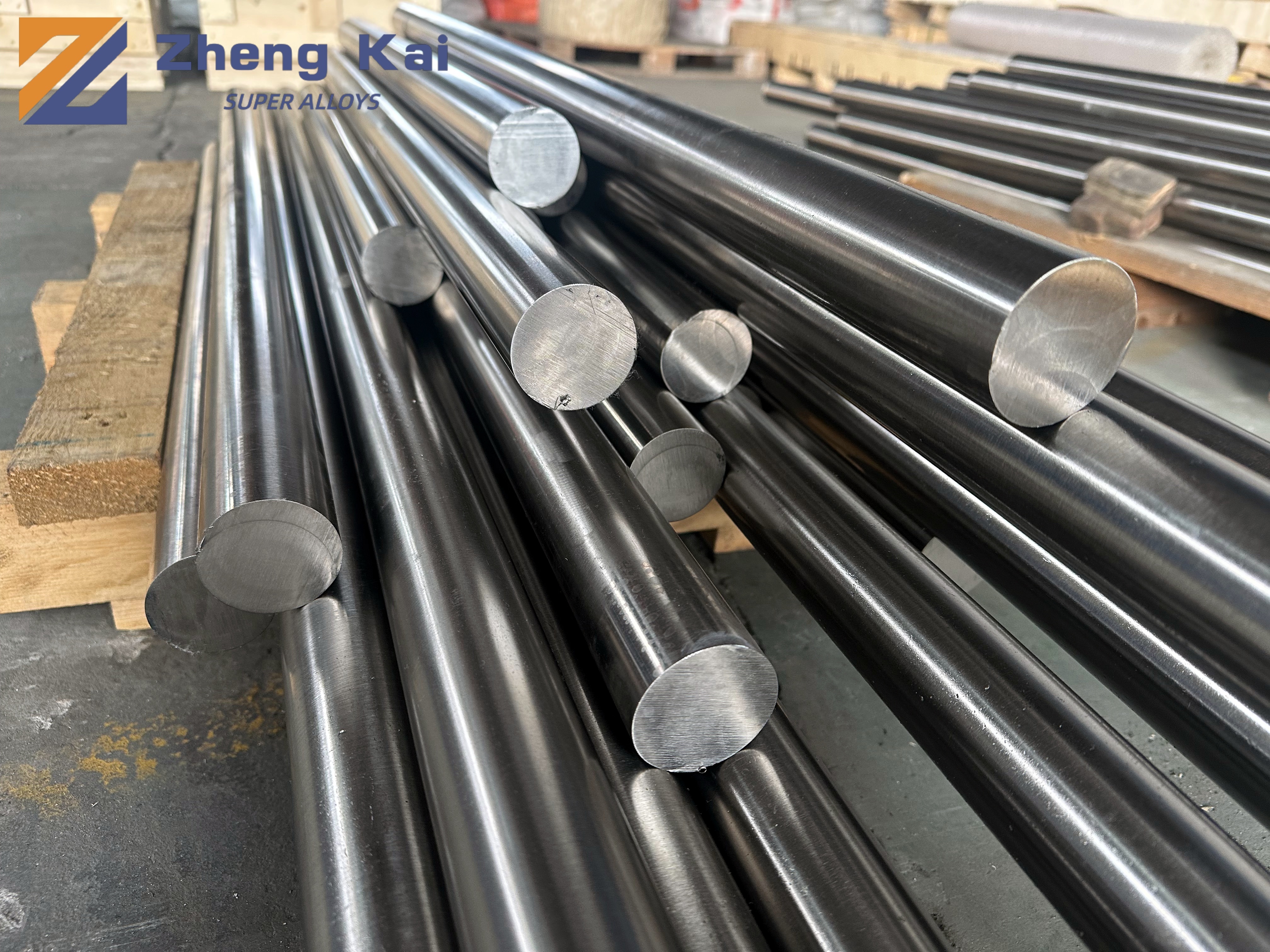


Nimonic 105 (Alloy 105)
Category: NIMONIC
Overview
NIMONIC alloy 105 (W. Nr. 2.4634) is a wrought nickel-cobalt-chromium-base alloy strengthened by additions of molybdenum, aluminum and titanium. It has been developed for service up to 950°C, and combines the high strength of the age-hardening nickel-base alloys with good creep resistance. NIMONIC alloy 105 is produced by high frequency melting in air followed by casting in air, or, for more critical applications the alloy is produced by vacuum melting and electroslag refining. The alloy is used for turbine blades, discs, forgings, ring sections, bolts and fasteners.
Chemical Composition
| Ni | Cr | Co | Mo | Al | Ti | C | Si | Cu | Fe | Mn | Pb | S | B | Zr | |
| MIN | 14 | 18 | 4.5 | 4.5 | 0.9 | 0.003 | |||||||||
| MAX | bal | 15.7 | 22 | 5.5 | 4.9 | 1.5 | 0.17 | 1 | 0.2 | 1.0 | 1.0 | 0.0015 | 0.01 | 0.01 | 0.15 |
Physical Properties
| Density | 8.01 g/cm³ |
| Melting Range | 1290-1345℃ |
Available Products and Specifications
● Bar & Billet
● Rod & bar
● Rectangular/ profiled Extruded sections
● Extruded & cold work sections
Features
● High creep rupture & oxidation resistance: Nimonic Alloy 105 owns high creep-rupture properties at certain temperatures, specifically around 1740°F (950°C). The Aluminum content in the composition is what enhances strength and oxidation resistance in the component.
● High-Temperature Resistance: The fabrication process begins with hot working at the temperature range of 1050-1200°C. It further goes through annealing, machining, welding, and hot temperature brazing. It is super-efficient to function in high temperatures, under high mechanical stress and places where high surface stability is required.
Applications
● Turbine discs
● Turbine blades
● Rolled rings
● Bolts
● Fasters
● Shafts
● Forgings
Keywords: Nimonic 105 (Alloy 105)
Previous page
Next page
Inquire Now
Note: Please leave your email address, our professionals will contact you as soon as possible!





